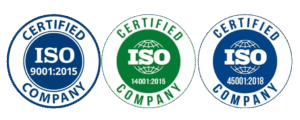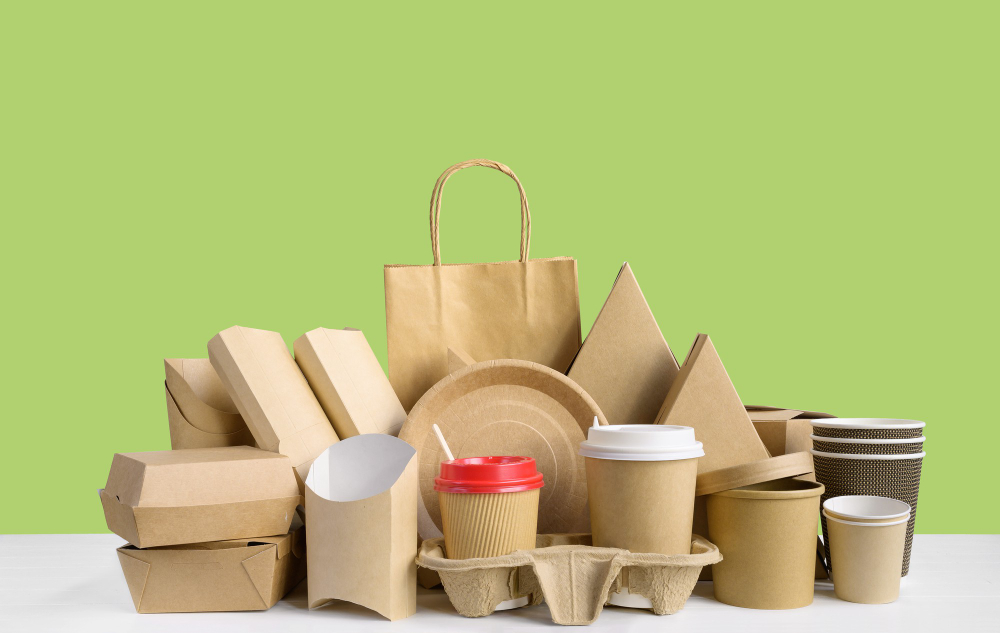AI Overview
Australian businesses are increasingly exploring sustainable packaging options. Choosing between compostable vs recyclable packaging can be confusing, but making the right choice is crucial for reducing environmental impact, meeting consumer expectations, and strengthening brand reputation. This guide compares both options and provides actionable tips to help your brand make an informed decision.
Understanding Compostable Packaging
- Definition – Packaging made from natural materials that break down into organic matter under composting conditions.
- Materials – Plant-based plastics, cornstarch films, kraft paper, and cellulose-based wraps.
- End-of-Life – Can be composted industrially or, in some cases, at home, turning into nutrient-rich soil.
- Best For – Food packaging, single-use items, and products targeting eco-conscious consumers.
Benefits of Compostable Packaging
- Reduces landfill waste and plastic pollution
- Enhances brand sustainability credentials
- Can be marketed as a premium eco-friendly option
- Supports circular economy initiatives
Understanding Recyclable Packaging
- Definition – Packaging made from materials that can be processed and reused in manufacturing new products.
- Materials – Cardboard, paperboard, PET, HDPE, aluminium, and certain plastics.
- End-of-Life – Collected through municipal recycling programs and remade into new products.
- Best For – E-commerce boxes, shipping materials, retail packaging, and industrial applications.
Benefits of Recyclable Packaging
- Reduces resource consumption by reusing materials
- Widely accepted in recycling programs across Australia
- Cost-effective for large-scale production
- Maintains product protection and structural integrity
Compostable vs Recyclable: Key Differences
| Feature | Compostable Packaging | Recyclable Packaging |
|---|---|---|
| Material Source | Plant-based, biodegradable | Paper, cardboard, metals, plastics |
| End-of-Life | Composting | Recycling facilities |
| Environmental Impact | Breaks down naturally, enriches soil | Reduces raw material use, keeps materials in circulation |
| Cost | Slightly higher, premium option | Generally lower, scalable |
| Best Use Cases | Food containers, takeaways, single-use items | Shipping boxes, retail, durable packaging |
How to Choose the Right Option for Your Brand
- Consider Product Type – Food products may benefit from compostable materials, while durable items are better suited to recyclable packaging.
- Customer Expectations – Eco-conscious consumers may prefer compostable packaging.
- Local Infrastructure – Ensure local recycling or composting facilities can handle the material.
- Brand Positioning – Use packaging choice to reinforce sustainability messaging.
- Cost and Scalability – Balance eco-friendliness with operational efficiency and budget.
Sustainable Packaging Solutions in Australia
- Carewell Group – Provides both compostable and recyclable packaging tailored to your brand’s needs.
- Eco-Friendly Suppliers – Offer biodegradable, plant-based, and recyclable options for food, retail, and industrial products.
- Specialty Packaging Providers – Design custom solutions combining brand identity with environmental responsibility.
Explore Carewell Group’s sustainable packaging solutions
Why Partner with Carewell Group
Carewell Group helps Australian businesses select and implement compostable and recyclable packaging solutions:
- Customised designs for food, e-commerce, and retail packaging
- Sustainable materials that reduce waste and enhance brand image
- Scalable solutions for startups to large-scale operations
- Compliance with Australian recycling and sustainability standards
- Location: Carewell Group Pty Ltd, Unit 27/191, McCredie Road, Smithfield, NSW 2164
- Phone: +61 0477 123 699
- Email: sales@carewellgroup.com.au | info@carewellgroup.com.au | logistics@carewellgroup.com.au
Request a quote for compostable and recyclable packaging
Conclusion
Choosing between compostable vs recyclable packaging depends on your product, customer expectations, and sustainability goals. Compostable materials are ideal for food and single-use items, while recyclable packaging suits durable goods and shipping solutions. Partnering with Carewell Group ensures Australian businesses implement packaging that reduces environmental impact, protects products, and reinforces a strong eco-friendly brand identity.









